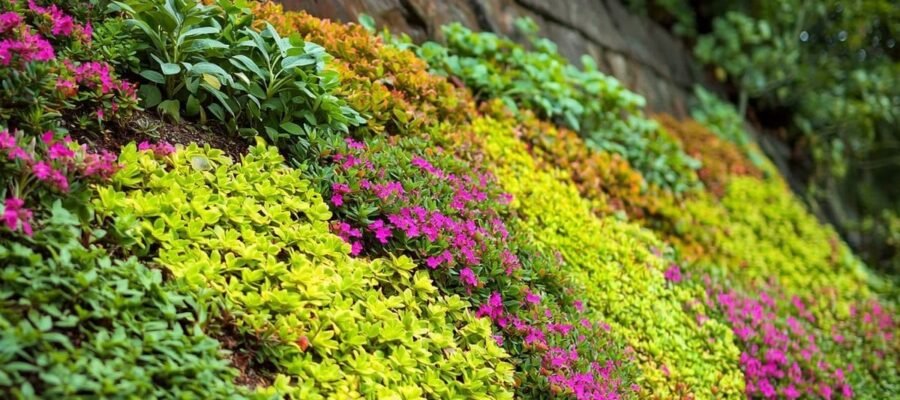Sloping gardens often present technical and aesthetic challenges. Between erosion, difficult access and complex maintenance, these spaces require ingenious solutions. The use of perennial ground cover plants combined with stabilization techniques offers a sustainable and ecological response. In this article we explore how to transform a sloping plot into a functional and harmonious space, focusing on three key plants and complementary methods.
The challenges of sloping gardens
Soil erosion and instability
Slopes exposed to water runoff or strong winds experience accelerated erosion. The soil, often poor in organic matter, degrades rapidly, making the plantations unstable. Without adequate development, these areas become a source of problems: landslides, localized flooding or difficulties in maintaining dense vegetation.
Difficult access and complex maintenance
Driving on sloping terrain can be dangerous, especially during rainy periods. Classic solutions, such as concrete or stone stairs, offer an alternative but require expensive work (between €30 and €160/m² depending on the method). Additionally, regular maintenance of sloped areas requires more time and effort, especially for mowing or watering.
Perennial ground cover plants: a natural solution
Why favor perennial plants?
THE perennial ground cover plants they stand out for their ability to form a dense carpet, limiting erosion and stabilizing the soil. Unlike annuals, they persist for several years, reducing maintenance needs. Their deep root systems strengthen soil cohesion, while their thick foliage retains moisture and protects against runoff.
The three recommended perennials
- Phlox subulata :
- Advantages : Persistent foliage, abundant spring flowering, drought resistance.
- Usage : Ideal for sunny areas, it forms a thick carpet in a few seasons.
- Minor wine :
- Advantages : Fast growing, evergreen, shade tolerant.
- Usage : Perfect for undergrowth or shaded areas, it adapts to all types of terrain.
- Sedum :
- Advantages : Extreme drought resistance, fleshy foliage, low maintenance.
- Usage : Suitable for dry and sunny slopes, it creates a contrasting visual effect.
Complementary stabilization methods
Earthworks and landings
THE sloping earthworks consists of creating horizontal levels to break the slope. Each landing is stabilized with stone, wood or concrete edges, then filled with gravel or soil. This technique, combined with ground cover plants, offers a sustainable solution.
Use of gravel and slabs
THE gravel it is a precious ally for steep areas:
- Advantages : Optimal drainage, slip prevention, easy installation.
- Application : Cover the areas between the plants with a 5-10 cm layer of gravel, combining stone slabs for frequent passages.
Original tip: toilet paper
An unusual but effective method is to use toilet paper to stabilize seeds or young plants:
- Operation : The paper retains moisture, prevents runoff and protects the seedlings from the elements.
- Advantage : Particularly useful on steep slopes or sandy terrain.
Tips for a successful implementation
Choose suitable plants
Choose cash rustic et adapted to the microclimate of your slope:
- Soleil : Phlox, Sedum.
- Shadows : Vinca minor, help.
- Poor soil : Thym, Saxifrage.
Preparation of the soil
- Unpack the soil with a fork to improve water circulation.
- Add the compost to enrich the organic substance.
- Install a drainage system (perforated pipes) if the soil is clayey.
Regular maintenance
- Irrigation : Favor watering in the evening to limit evaporation.
- Measure : Cut off dead stems in late winter to stimulate regrowth.
- Weed control : Remove weeds regularly to avoid competition.
Examples of successful gardens
Sloping Mediterranean garden
- Disposition : limestone landings, monolithic granite stairs.
- Vegetation : Sedum, Phlox subulata and lavender, associated with dwarf olive trees.
- Advantage : Minimalist aesthetics, drought resistance.
Rustic garden with wooden landings
- Disposition : Terraces in oak planks, borders in dry stone.
- Vegetation : Vinca minor, hortensias and fougères.
- Advantage : Country atmosphere, low maintenance.
Contemporary garden with gravel and slabs
- Disposition : Concrete slab landings, filled with white gravel.
- Vegetation : Thyme, Saxifrage and aromatic herbs.
- Advantage : Clean lines, optimal drainage.
Transforming a sloping garden into a functional and aesthetic space is now accessible thanks to perennial ground cover plants and stabilization techniques. By combining these resilient plants with methods such as terracing or the use of gravel, homeowners can not only limit erosion, but also create diverse, sustainable landscapes. Whether it is a Mediterranean, rustic or contemporary garden, there are solutions for every style and budget.
latest posts published

How to set up a wardrobe in your apartment: tips and advantages
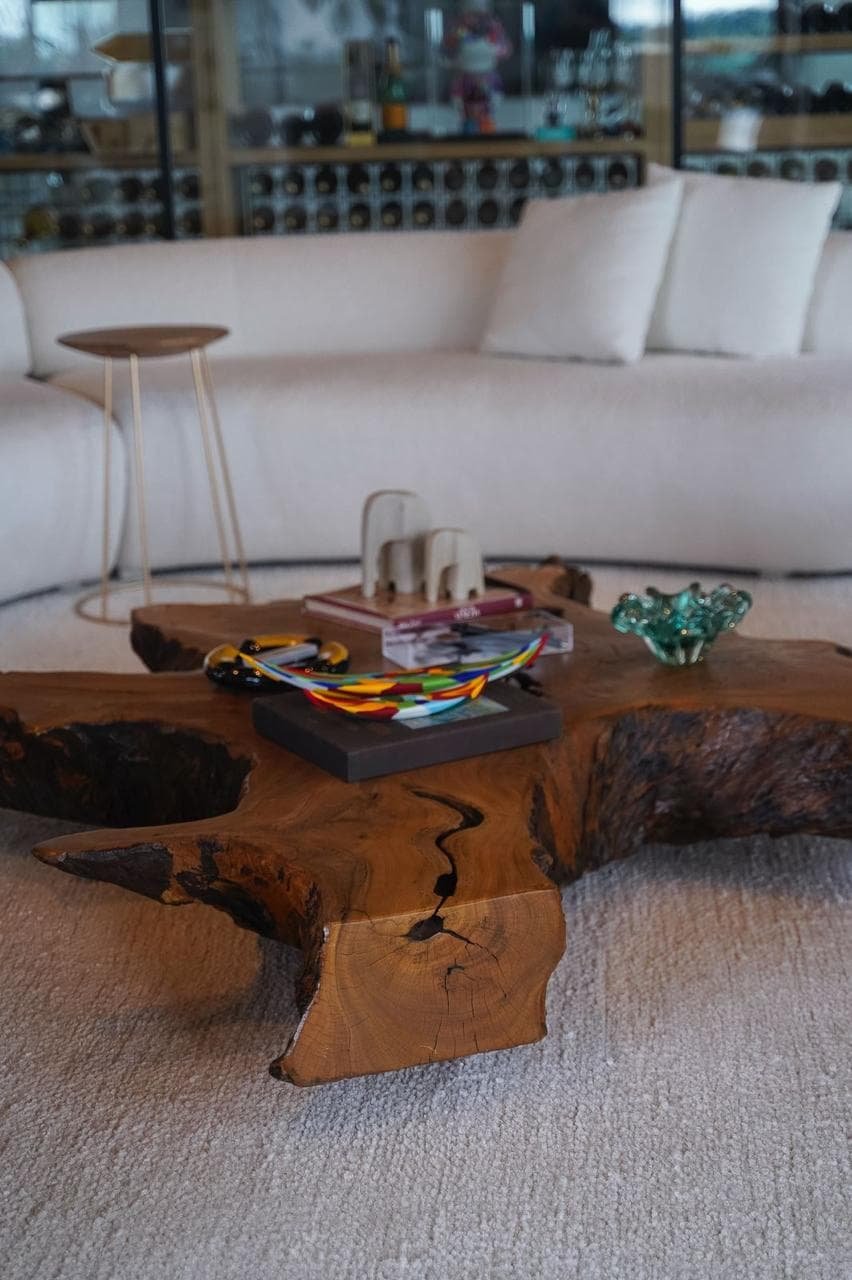
Discover the sophisticated furnishings of Progetto Decor
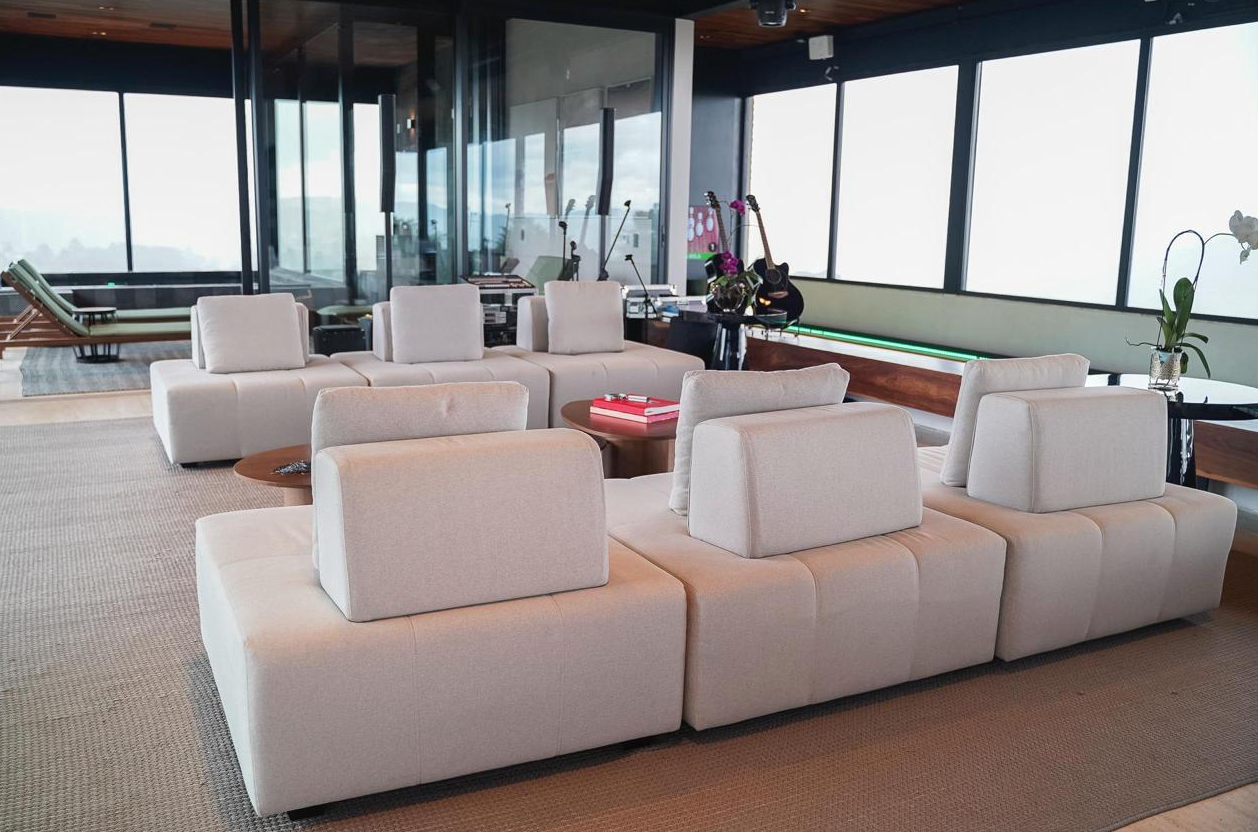
Luxury design: the balance between comfort, elegance and functionality

Discover the luxury furnishings of Progetto Decor

Garden in the apartment: discover the advantages
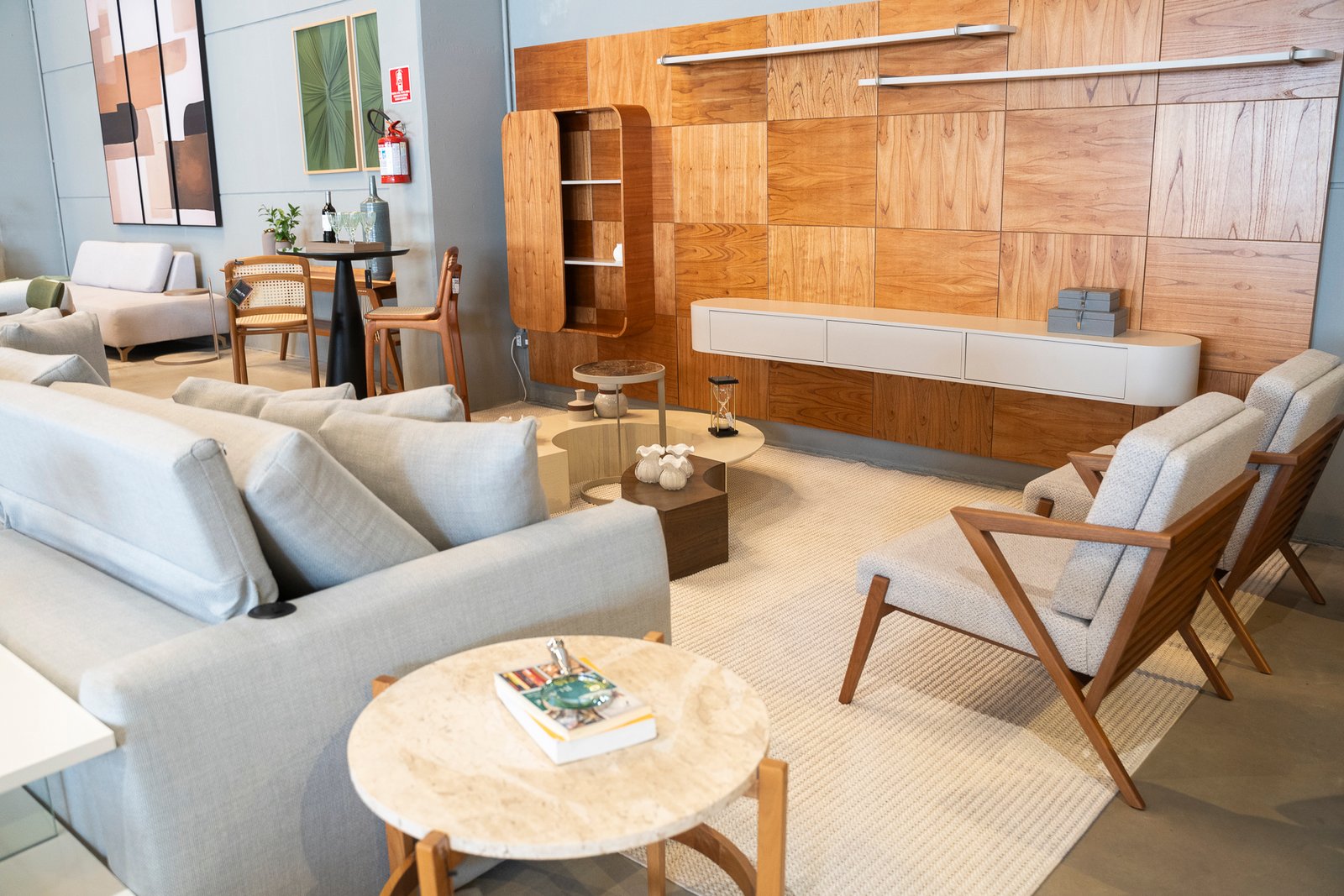
Discover Progetto Decor’s line of custom-made luxury furniture

The main tips for creating integrated environments
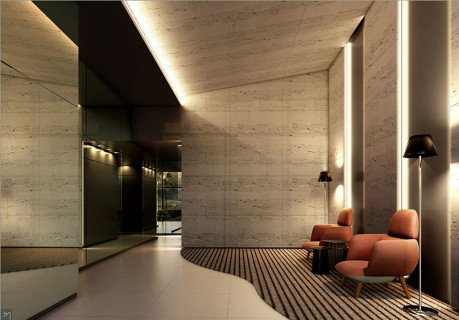
Ambient lighting tips

3D projects: transform spaces with luxury and innovation


